Some of us know Kodachrome from the iconic Afghan Girl photo by National Geographic’s Steve McCurry. Some of us might even have watched the 2017 movie of the same name, about an estranged son trying to develop the last few rolls of exposed Kodachrome from his late father. Some of us, lucky enough, might have even shot, developed and marvelled at those glorious Kodachrome slides on a light table or through a projector.
But Kodachrome is no more: Kodak stopped its production in 2009, while Dwayne’s (the last lab that processed Kodachrome, and featured in the movie) ran out of K-14 chemistry in 2010. So it became more a memory of the past, like many other discontinued film stocks. But Kodachrome holds a special place in many photographer’s hearts, a nostalgic milestone in the photographic journey.
Then I found 6 rolls of Kodachrome.
The negative
The Kodachrome I found was Kodachrome 64 in 135 format, of unknown expiration date. They seem to be reasonably fresh and in excellent condition. I went back to my journals and found that I last used them in 2009, when Kodachrome could still be processed at Dwayne’s. The slides from that last batch were a bit dark, with intense red and blue.
I searched online and watched some YouTube videos, and it seems there are several good tutorials on how to develop the Kodachrome in Black and White. The only trick is to remove the remjet, which Kodachrome shares with cine film such as Kodak Vision 3.
According to Kodak technical literature, Kodachrome is actually a three layered black and white film plus orange filter. Each of the layers are sensitive to a particular colored light, and in the K-14 process different dye were added to each layer in order to create the final color positive.
Enough science and chemistry for me, now it’s time to get my hands dirty. To test out the little batch, I went to the Japanese Gardens at San Mateo’s Central Park. It was a late March afternoon, a very nice sunny but cool spring day with blue sky, temperature around 60F. The camera was a Nikon FE2 with a Nikkor 50mm f/1.2 lens, set on Aperture Priority. The film was rated at 25 ISO, since I was not too sure how expired it was.
The darkroom
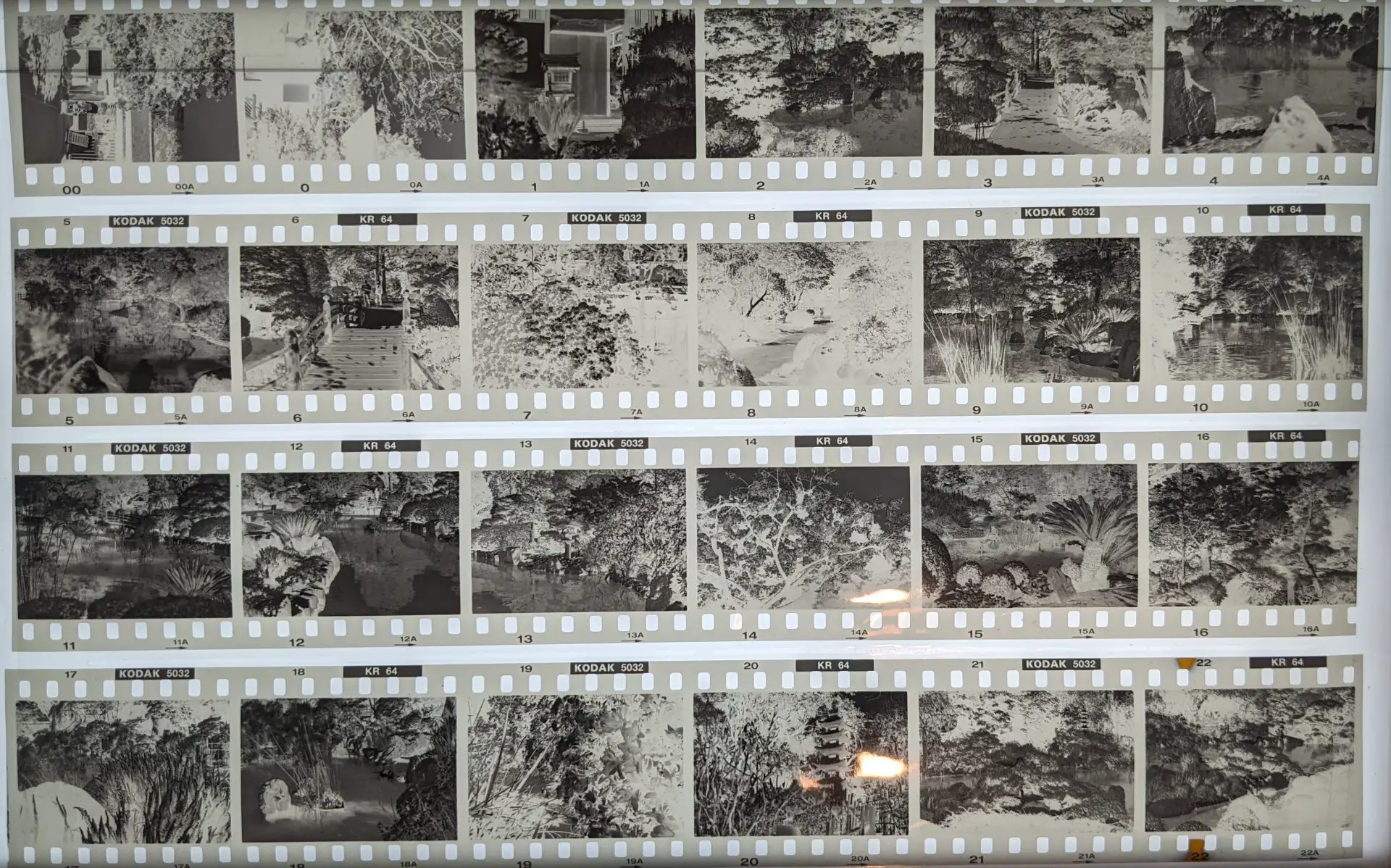
The tutorial I followed was by Dean Chartier from Tekarra Studio. You can find the full instructions in the appendix at the bottom, so I won’t repeat. I just add a few notes about what I have deviated from the tutorial.
- Instead of a 10% Borax solution, I used a 10% Baking Soda solution (35 grams of baking soda dissolved in 350ML warm water) at 105F. Time was about the same.
- After step 1 Alkaline solution, the water came out as yellowish green.
- After step 2 rigorous washing and rinsing, the first time water came out black. But the next wash it became mostly clear.
- After step 6, a new step 6.1 is added to clean off the last bit of remjet.
- To bleach or not to bleach: bleaching is good. Without bleaching, the negative was dark orange and too dense. With 20-25 minutes of bleaching, the negatives became more like C41 negatives with light brown color and good dynamic range. It was easier to scan after bleaching.
- Step 9: dissolve 35 grams of citric acid powder in 350ML of fixer (reused from step 5, Ilford Rapid Fixer 1+4), stir until they are well combined. The bleach/fixer was clear. Once the film was dipped in, the liquid started to turn yellow-greenish and cloudy. Check negatives every 5 minutes to make sure you don’t over bleach.
The B&W digital post processing
The Kodachrome 64 negatives were scanned using Epson V700 flatbed scanner, with factory 135 negative carriers. Scanned as black and white negative, at 2400 DPI, 16 bit grayscale, saved as TIFF file.
The scans look a bit contrasty and sharp, with good dynamic range and fine grain. I did a small amount of adjustments in Lightroom: exposure, contrast, black point, curves. Nothing dramatic, just fine tuning to my liking.
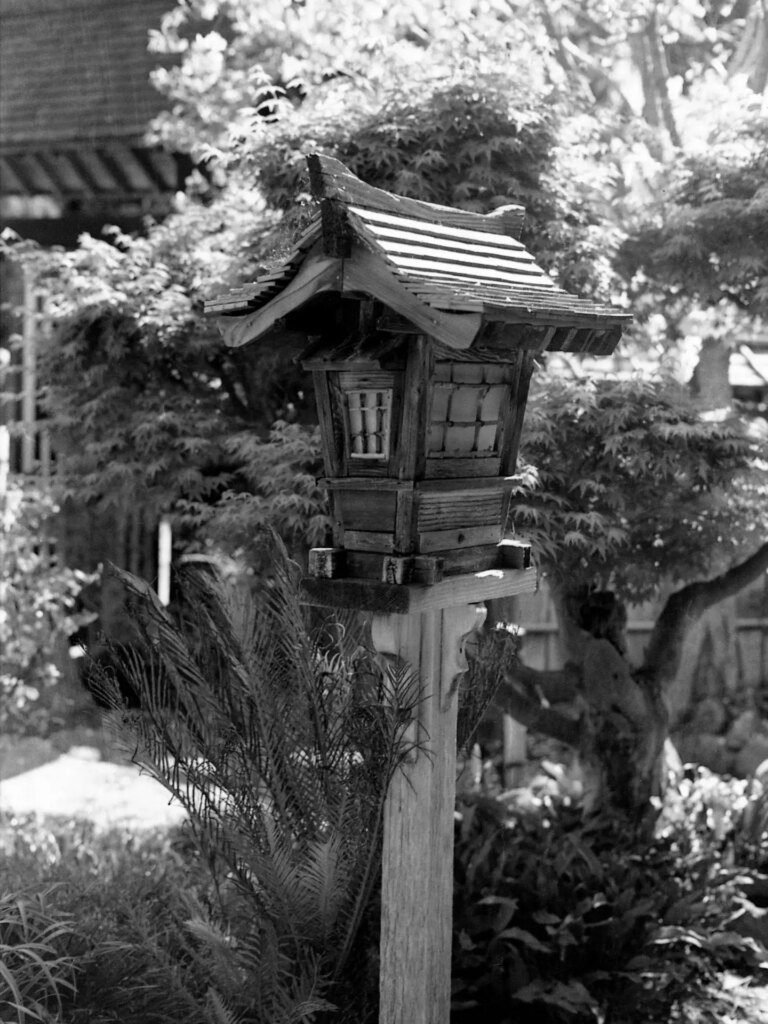
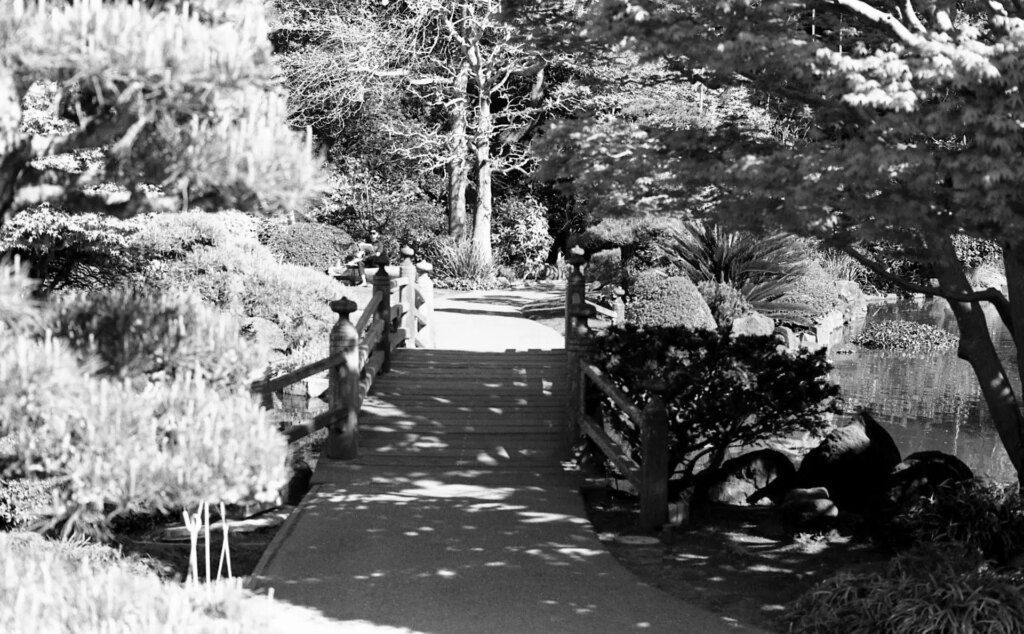
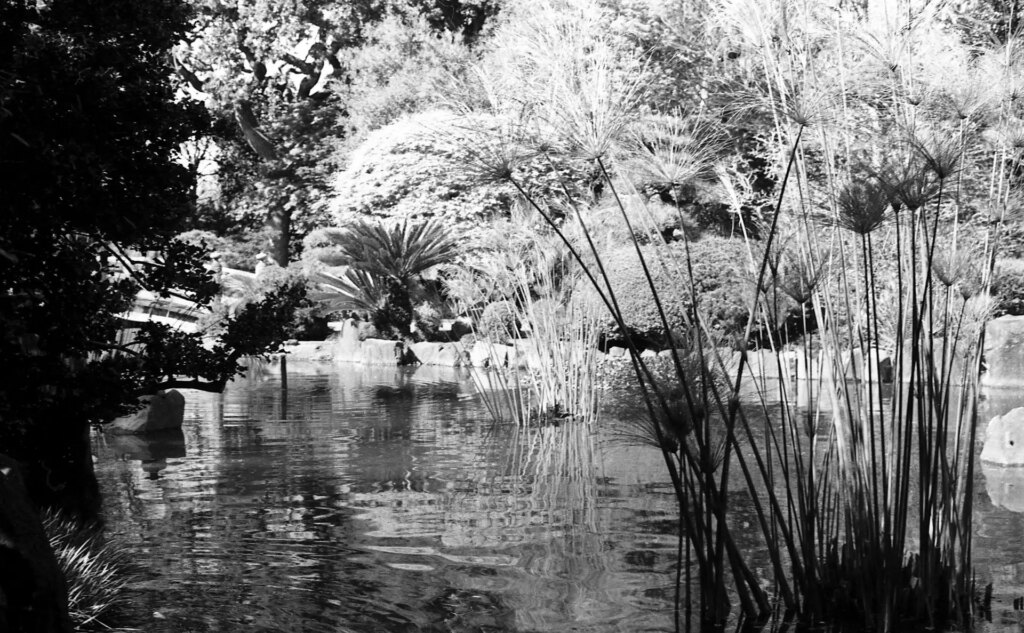
Recreate the color palette
It would have been the end of this article, since right now B&W processing of Kodachrome 64 is the only way to enjoy the remaining stock. But we have to push one step further: colorization!
It is no longer the age of tedious colorization using manual tools. Artificial Intelligence, or rather Machine Learning, has enabled 1-click colorization of B&W photos. The main purpose is to restore old photos, but here we use it to re-visualize what Kodachrome might see in color.
There are several ways to colorize a B&W photo in general:
- Using free online tools such as imagecolorizer, which is based on an open source project called “DeepAI” by Jason Antic. They do have image size limitations and also there is no parameters to tune.
- Using Adobe Photoshop’s new Neural Filter “Colorize”, more flexible to tune the results.
Imagecolorizer results
Let me first show you the results from the free online tool. I did a bit of contrast and color tuning after the conversion, based on Kodachrome Lightroom presets. You can say the algorithm is trained towards recovering old photos, and the colors are a bit more muted and pastel.
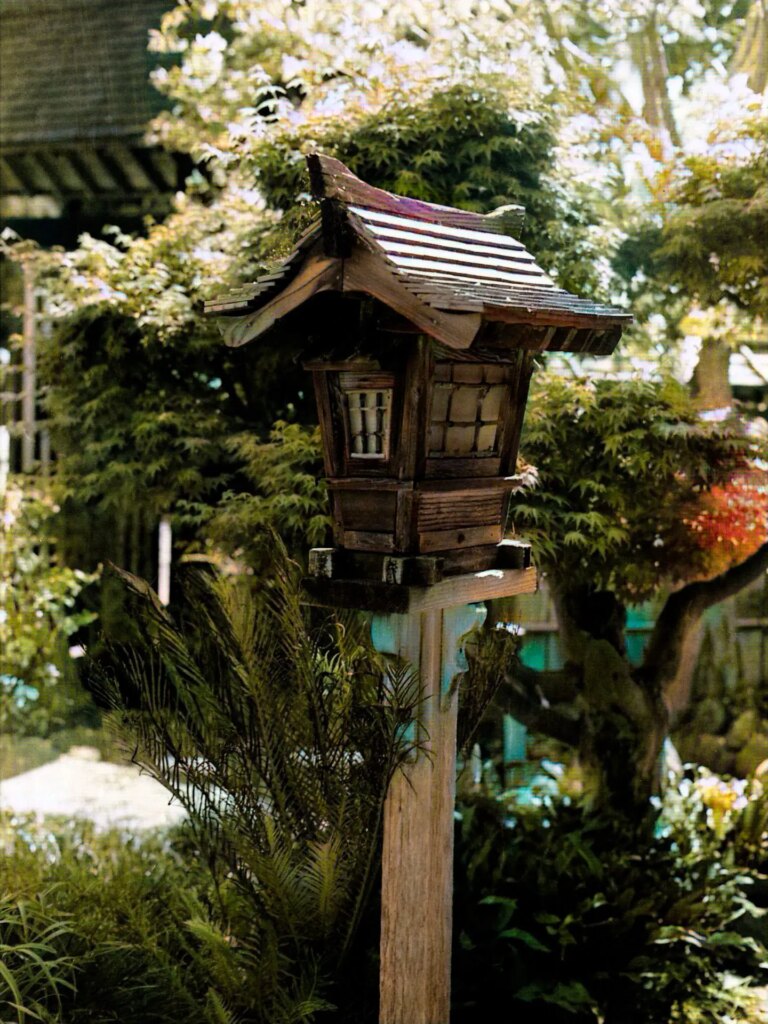
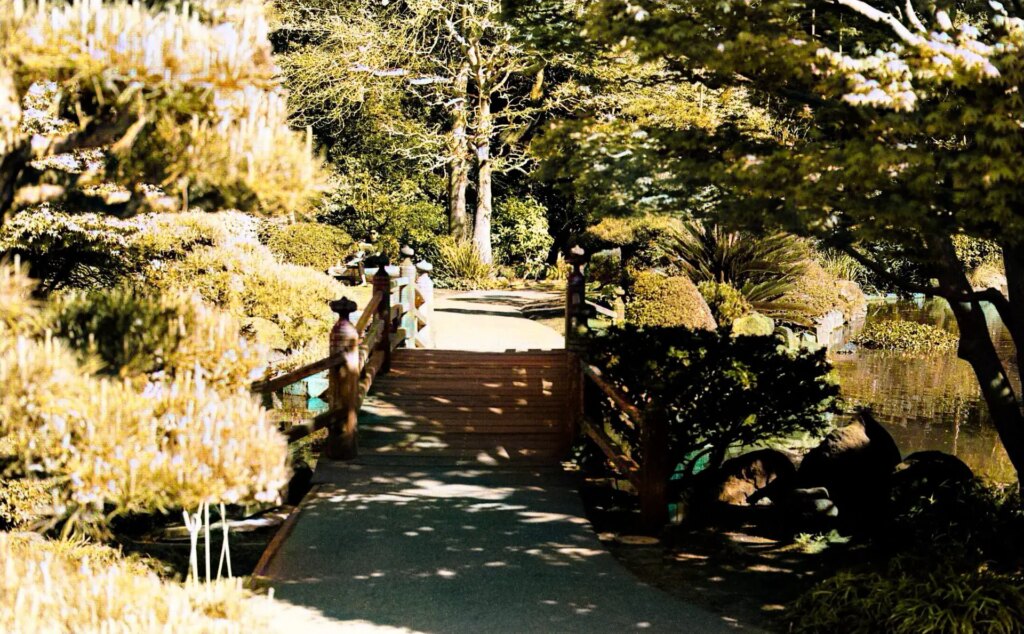
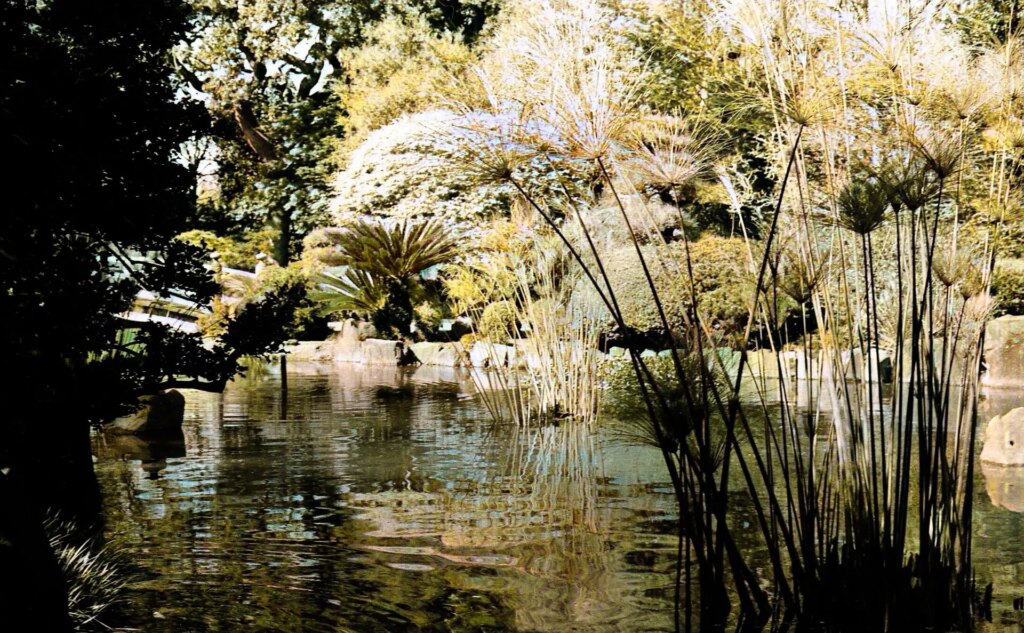
Photoshop neural filter results
Next I will show you the results using Photoshop’s new neural filter “Colorize”. There is a difference! I can get more pleasing color photos most of the time. There are a few parameters you can tune in the neural filter: since we are talking about Kodachrome and vivid colors here, I increased the color saturation by 15-20 points.
In addition, Photoshop can enable even more fine-tuned local area adjustment as well as color by color enhancements. This might be the topic of another article. Now the results:
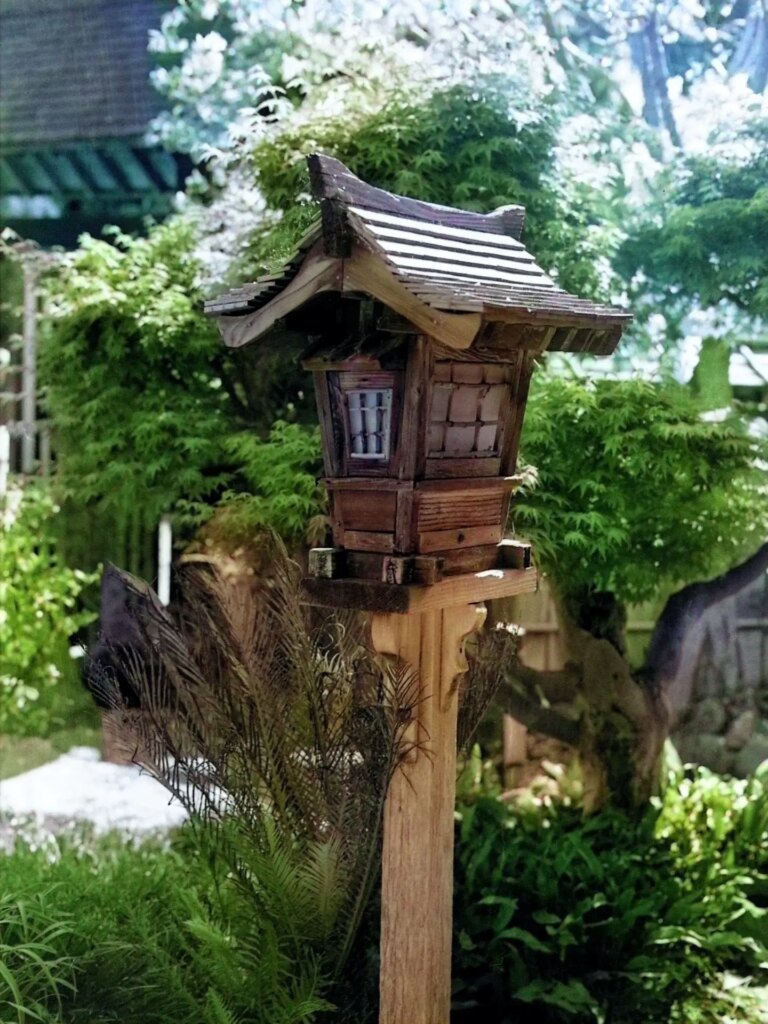
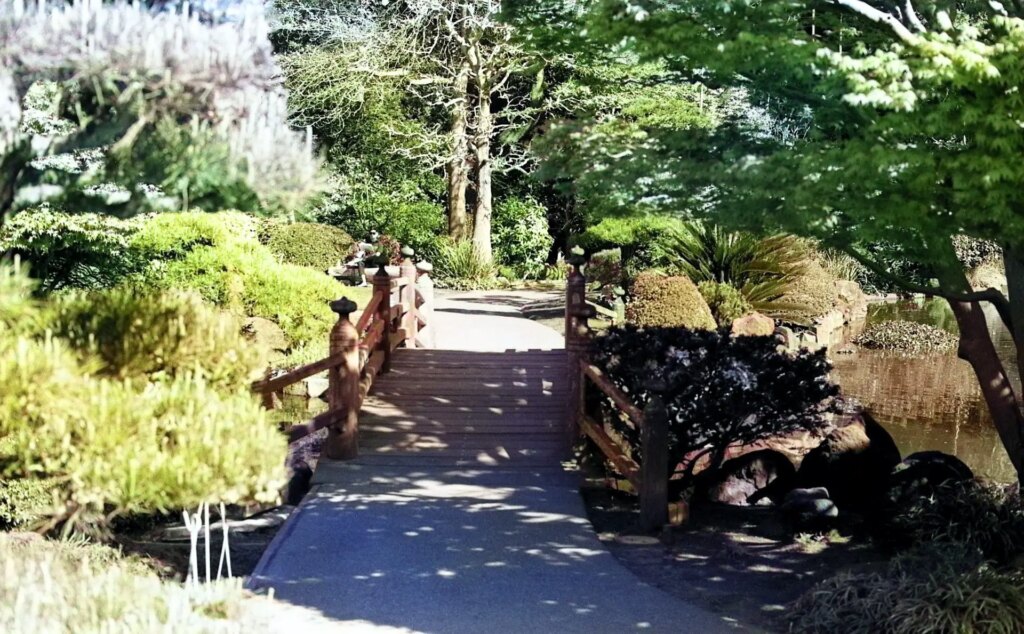
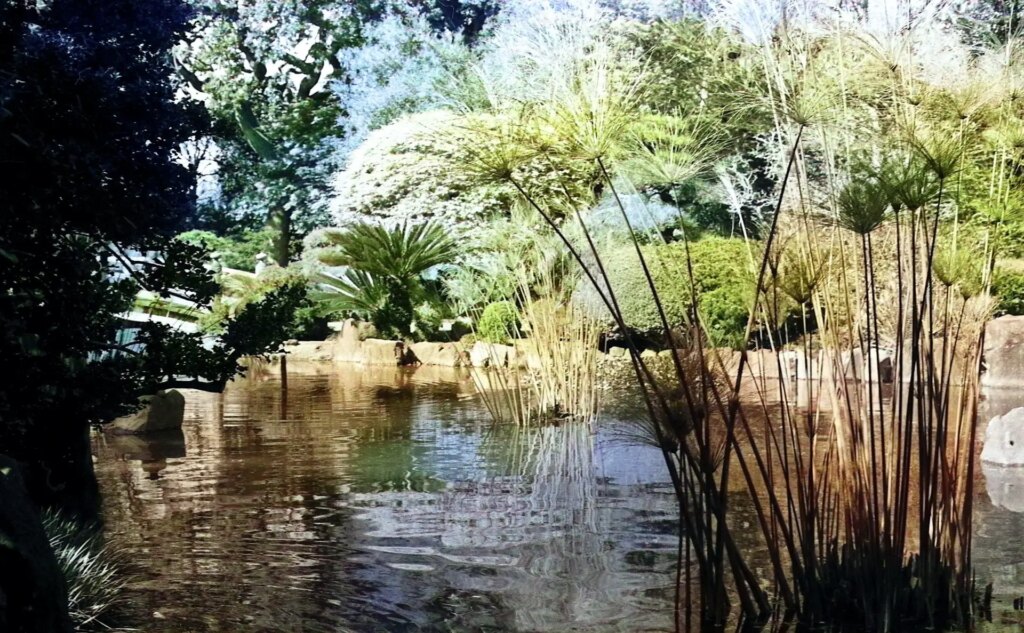
Epilogue
Now that I have developed the venerable Kodachrome 64 into B&W negative and colorized them digitally, what should I do with the remaining stock? Portrait will definitely be one of the next steps. I have just loaded my Nikon FM2n with the venerable 105/2.5 lens (Steve McCurry combo), and am now looking for a green eyed girl and a red shawl..
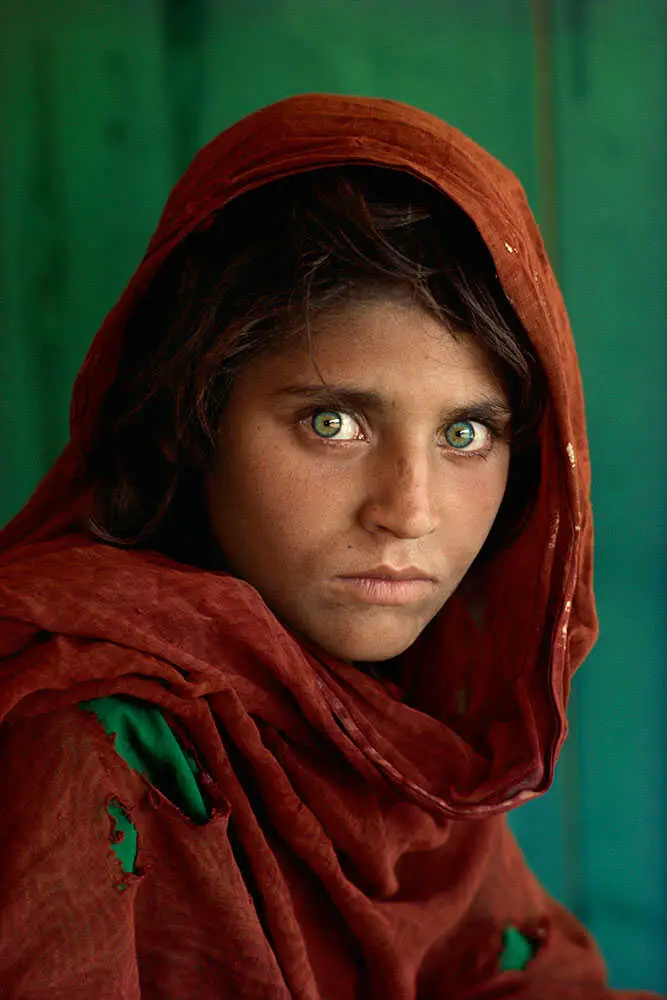
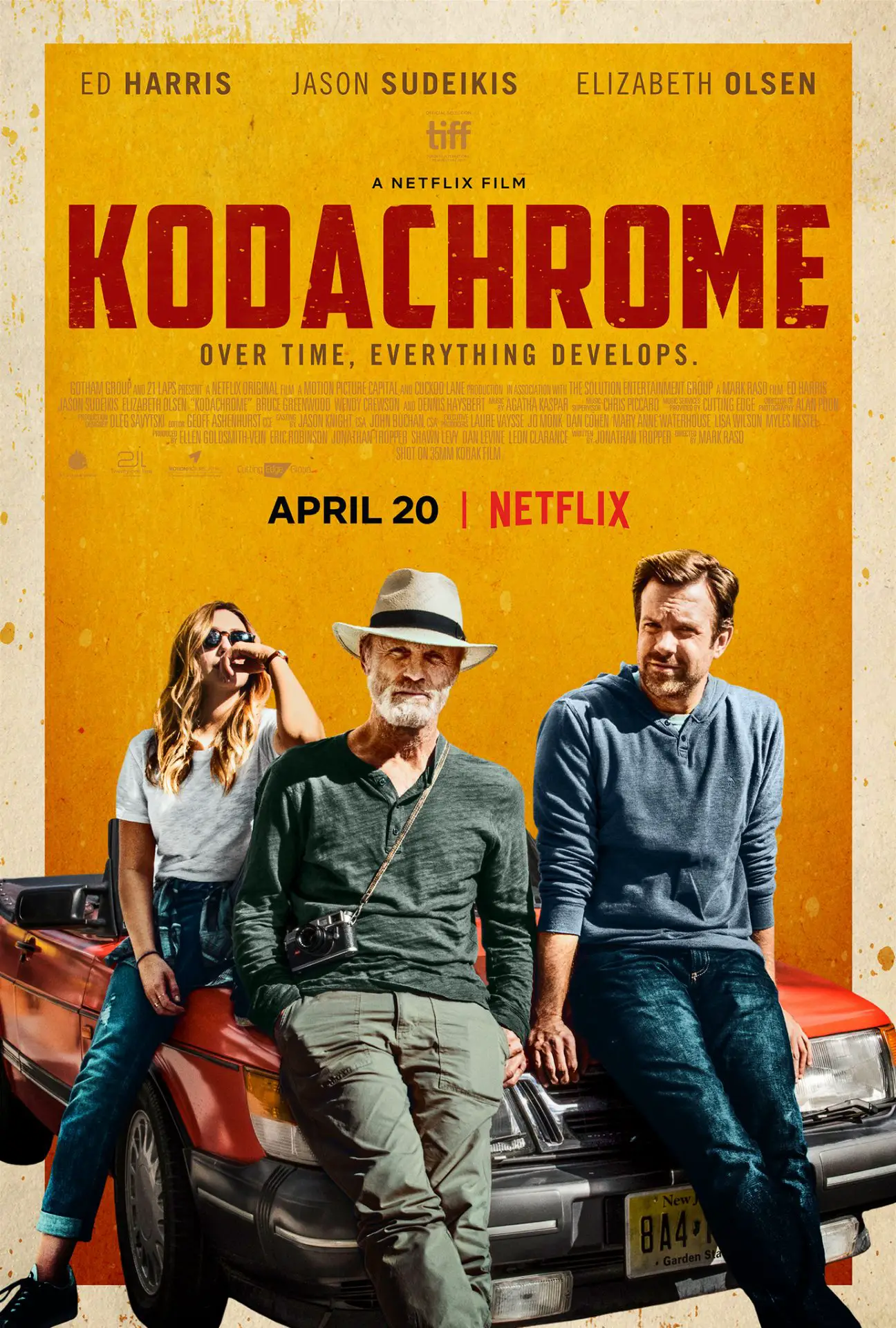
Trivia 1: did you know that they used the iris recognition of the Afghan girl to find her many years later. Thus you can tell that Kodachrome is not lacking in resolution or details.
Trivia 2: there was a 2020 Emulsive article about Kelly-Shane Fuller who was still trying his best to bring back the enigmatic Kodachrome K-14 process with some degree of success. I wish him good luck.
Appendix A: Kodachrome B&W processing chart
Modified from Source: https://tekarra.net/kodachrome-bw-process
Developer: Rodinal 1+50 (my choice, you can use any B&W developer you like)
Step-by-step Instructions:
Step 1: Alkaline (10% Borax) Pre Wash (30C) – 5 Minutes. Agitate first 30 seconds then 10 seconds every minute
Step 2: Rinse (25C) – Agitate first minute then 15 seconds each following minute – 5 Minutes
Step 3: Develop (20C) – 11 minutes
Step 4: Stop Bath – 1 Minute
Step 5: Fix – 5 Minutes
Step 6: Rinse – 10 Minutes
Step 6.1 Wipe off remaining remjet with a clean wet white microfiber cloth. 10-15 times until clean.
Step 7: Dry Film – Overnight
Step 8: Re-spool & Pre-soak – 3-5 Minutes
Step 9: Bleach (10% Citric Acid + Fixer) (Rotational agitation every 5 mins) – 25 Minutes
Step 10: Hypo Clear – 2 Minutes
Step 11: Rinse – 10 Minutes
Step 12: Photo Flo – 1 Minute
Thanks fort reading
Share this post:
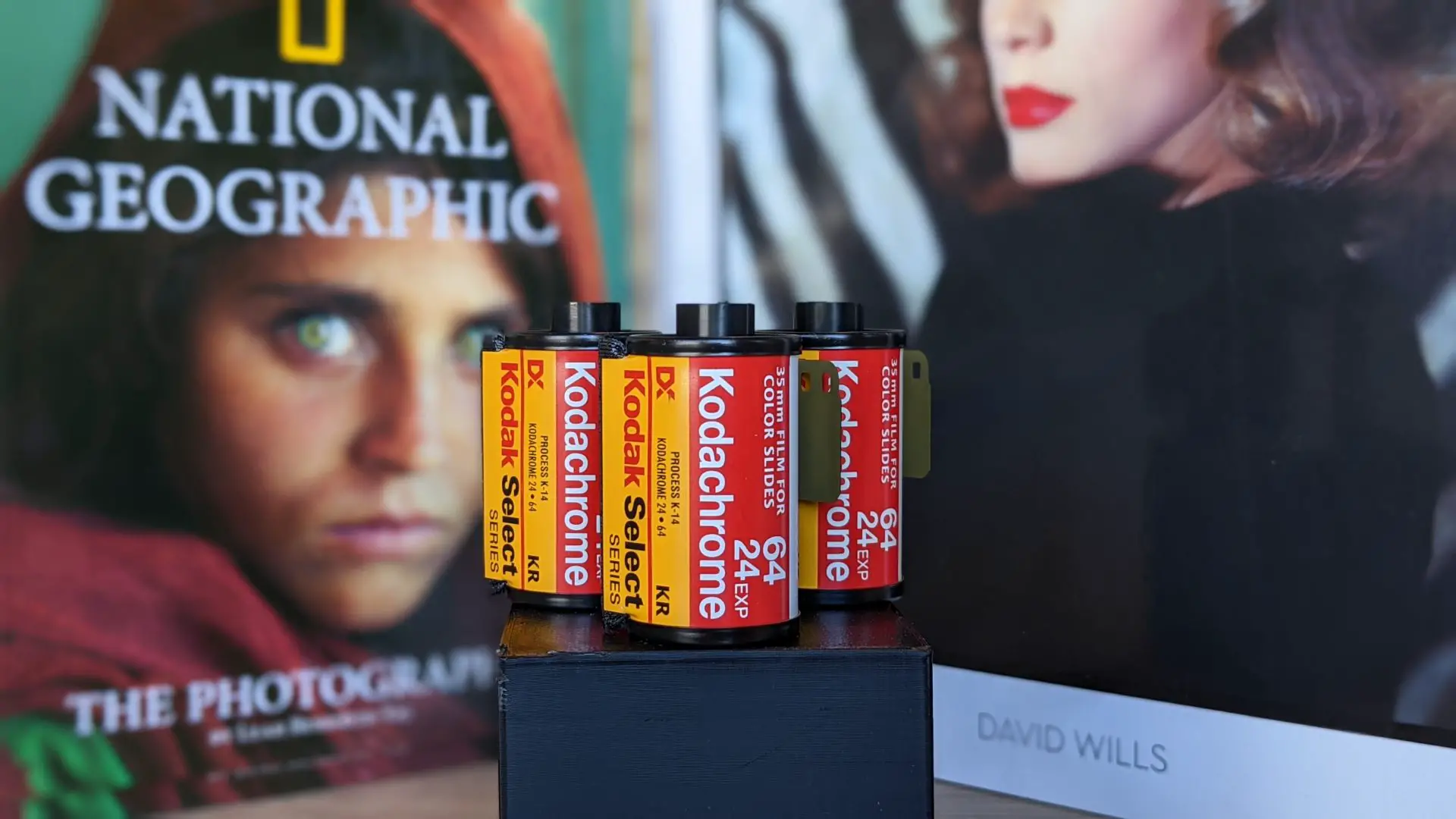
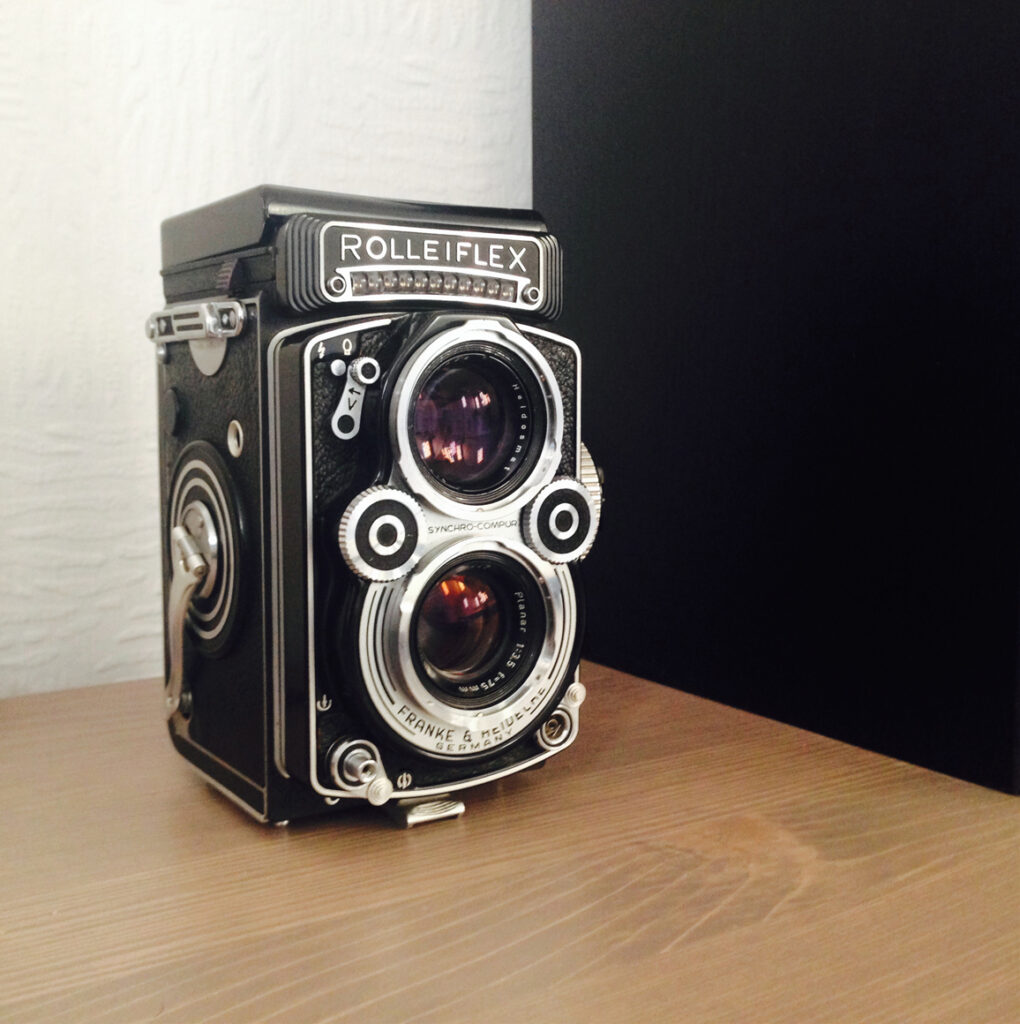
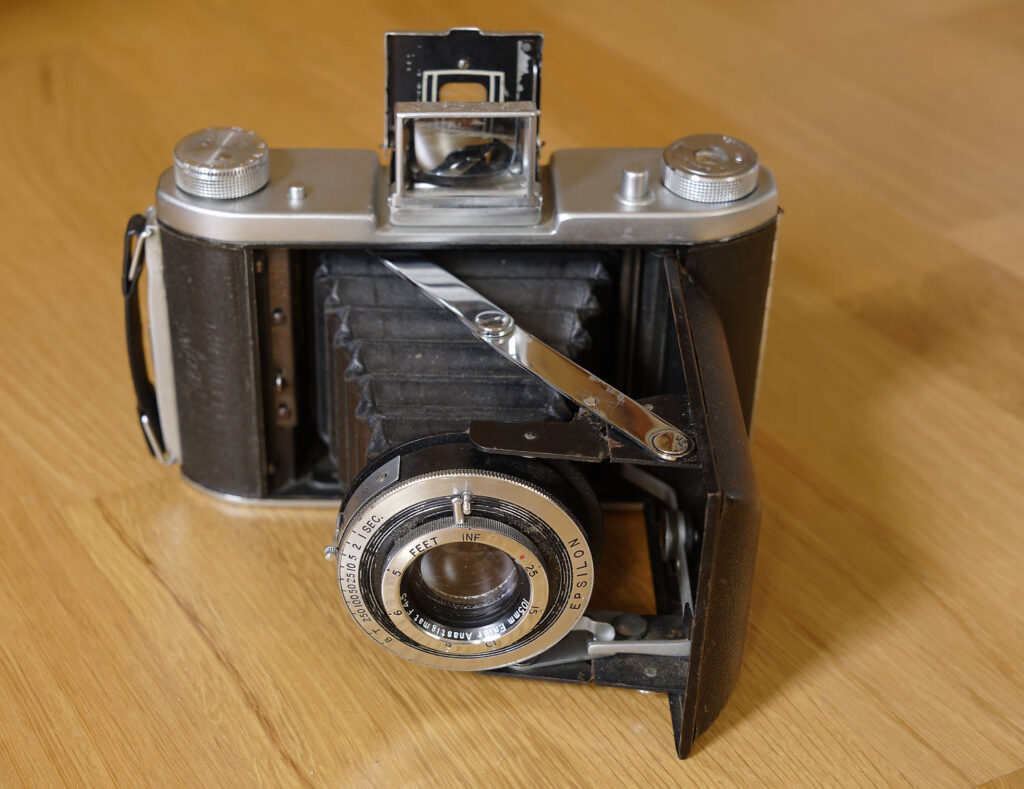
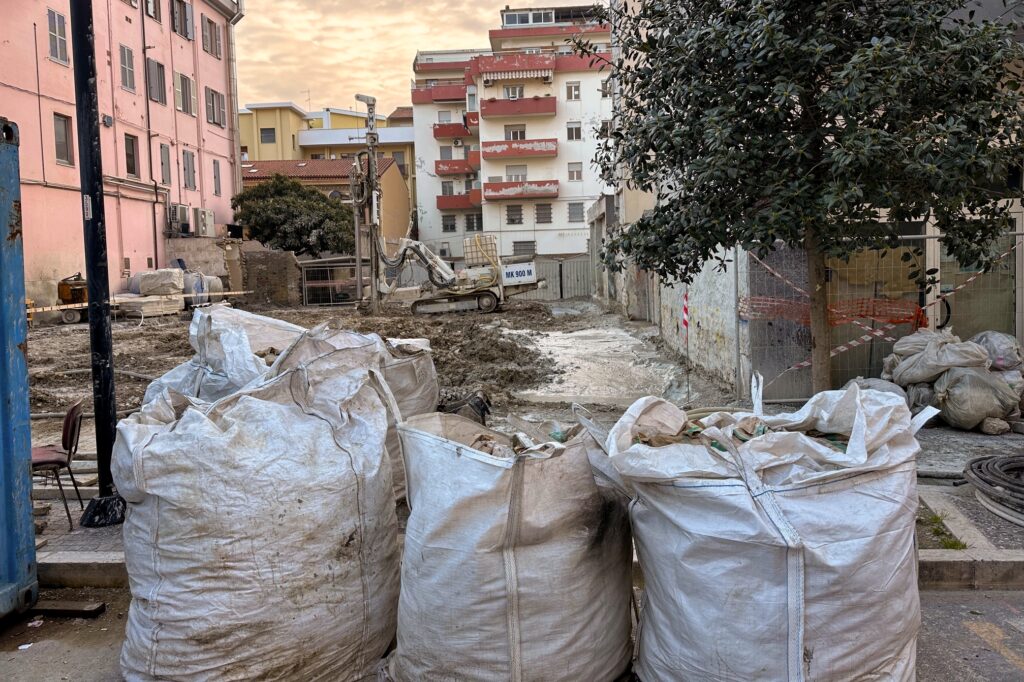
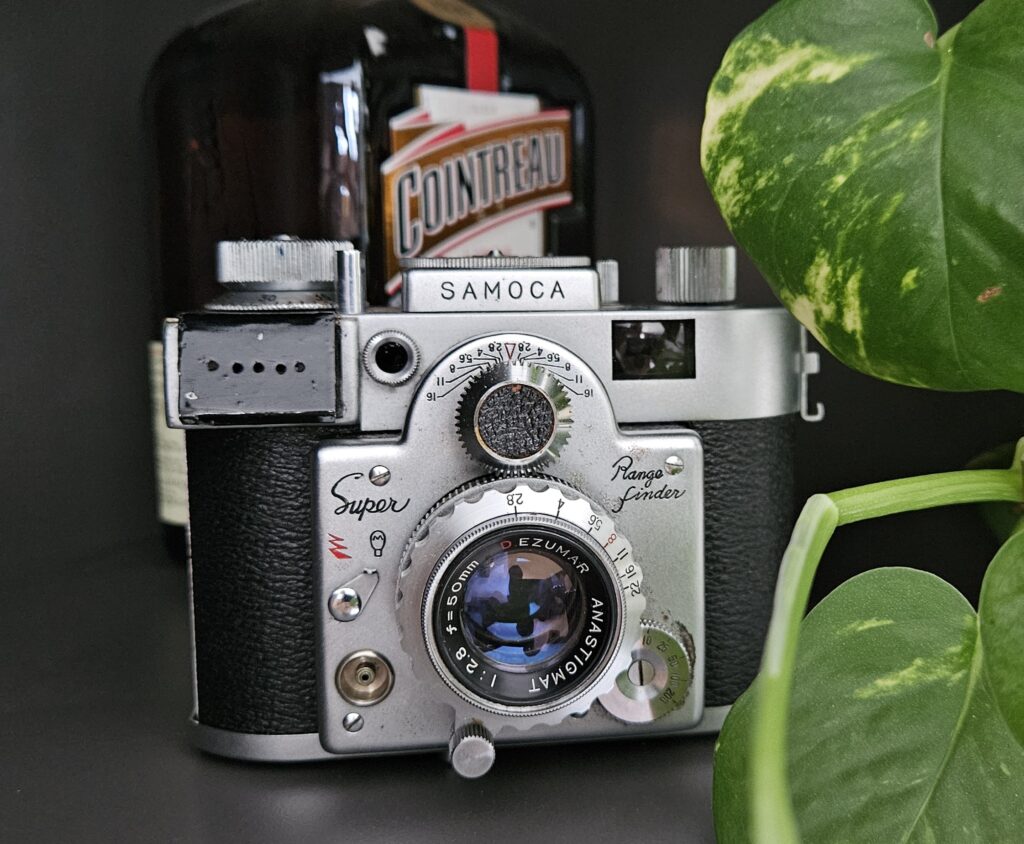




Comments
Bob Janes on Finding Kodachrome and Bringing Back Color (the Digital Way)- By Zheng Li
Comment posted: 05/05/2022
A lovely article from so many aspects: Informative, entertaining and useful from a practical POV for anyone embarking on similar.
Thank you.
Comment posted: 05/05/2022
jason gold on Finding Kodachrome and Bringing Back Color (the Digital Way)- By Zheng Li
Comment posted: 05/05/2022
It seems do-able but i have one roll 120 size.. Not sure which Kodachrome version.!
Many thanks for information and Bravo for your images.
Comment posted: 05/05/2022
Comment posted: 05/05/2022
Comment posted: 05/05/2022
goodnitesteve on Finding Kodachrome and Bringing Back Color (the Digital Way)- By Zheng Li
Comment posted: 05/05/2022
Recently, I've been scanning in my grandparents photo albums, a lot of them Kodachrome and a lot of them faded. I'm contemplating what to do with them in order to restore their color. Have to look into what the solutions might be. I sure wish I had the negatives still, but those are long gone.
Comment posted: 05/05/2022
Charlie B. on Finding Kodachrome and Bringing Back Color (the Digital Way)- By Zheng Li
Comment posted: 05/05/2022
Comment posted: 05/05/2022
Paul on Finding Kodachrome and Bringing Back Color (the Digital Way)- By Zheng Li
Comment posted: 05/05/2022
Comment posted: 05/05/2022
Murray Kriner on Finding Kodachrome and Bringing Back Color (the Digital Way)- By Zheng Li
Comment posted: 05/05/2022
Ken Rowin on Finding Kodachrome and Bringing Back Color (the Digital Way)- By Zheng Li
Comment posted: 05/05/2022
Comment posted: 05/05/2022
Tobias Eriksson on Finding Kodachrome and Bringing Back Color (the Digital Way)- By Zheng Li
Comment posted: 06/05/2022
FYI caffenol dissolves remjet very effectively - at least when I do stand developing.
Old Ektachrome develops very well in caffenol. Doesn't need (much) bleaching.
/Tobias
Comment posted: 06/05/2022
Hashem on Finding Kodachrome and Bringing Back Color (the Digital Way)- By Zheng Li
Comment posted: 06/05/2022
Otto Mellais on Finding Kodachrome and Bringing Back Color (the Digital Way)- By Zheng Li
Comment posted: 30/06/2022
You're also a good storyteller. Shooting Kodachrome, no matter if left black and white or colorized, feels not only justified but also a privilege. Hope you find those green eyes soon and we can see the photos here with another story to read. Thank you Zheng!
Comment posted: 30/06/2022
Mauri on Finding Kodachrome and Bringing Back Color (the Digital Way)- By Zheng Li
Comment posted: 09/11/2022
https://parallaxphotographic.coop/how-to-develop-e6-slide-film/
Comment posted: 09/11/2022
Justin Koerner on Finding Kodachrome and Bringing Back Color (the Digital Way)- By Zheng Li
Comment posted: 15/05/2023
Comment posted: 15/05/2023
Tom on Finding Kodachrome and Bringing Back Color (the Digital Way)- By Zheng Li
Comment posted: 10/07/2023
Do you remember if you exposed this at box speed?
Tom
Comment posted: 10/07/2023
PaulH on Finding Kodachrome and Bringing Back Color (the Digital Way)- By Zheng Li
Comment posted: 05/12/2023